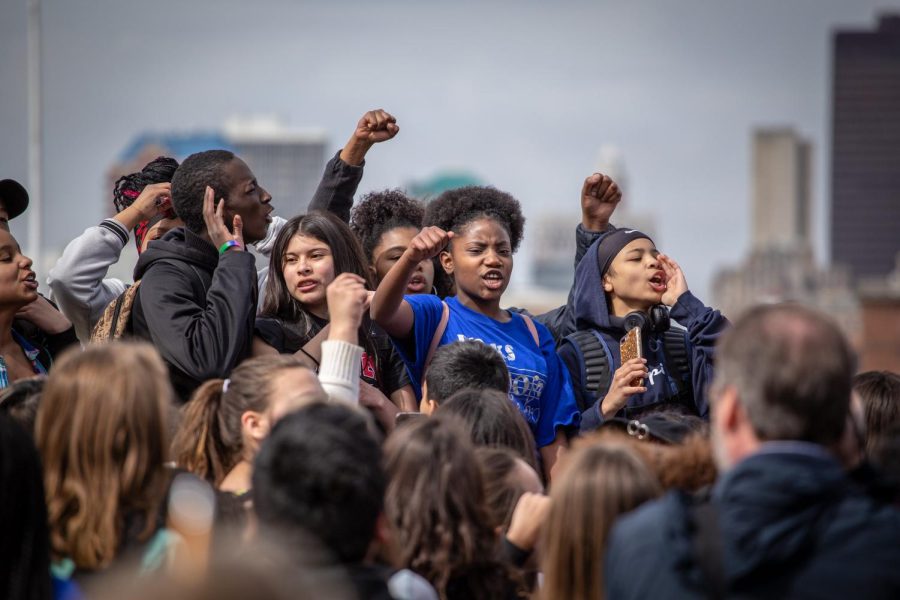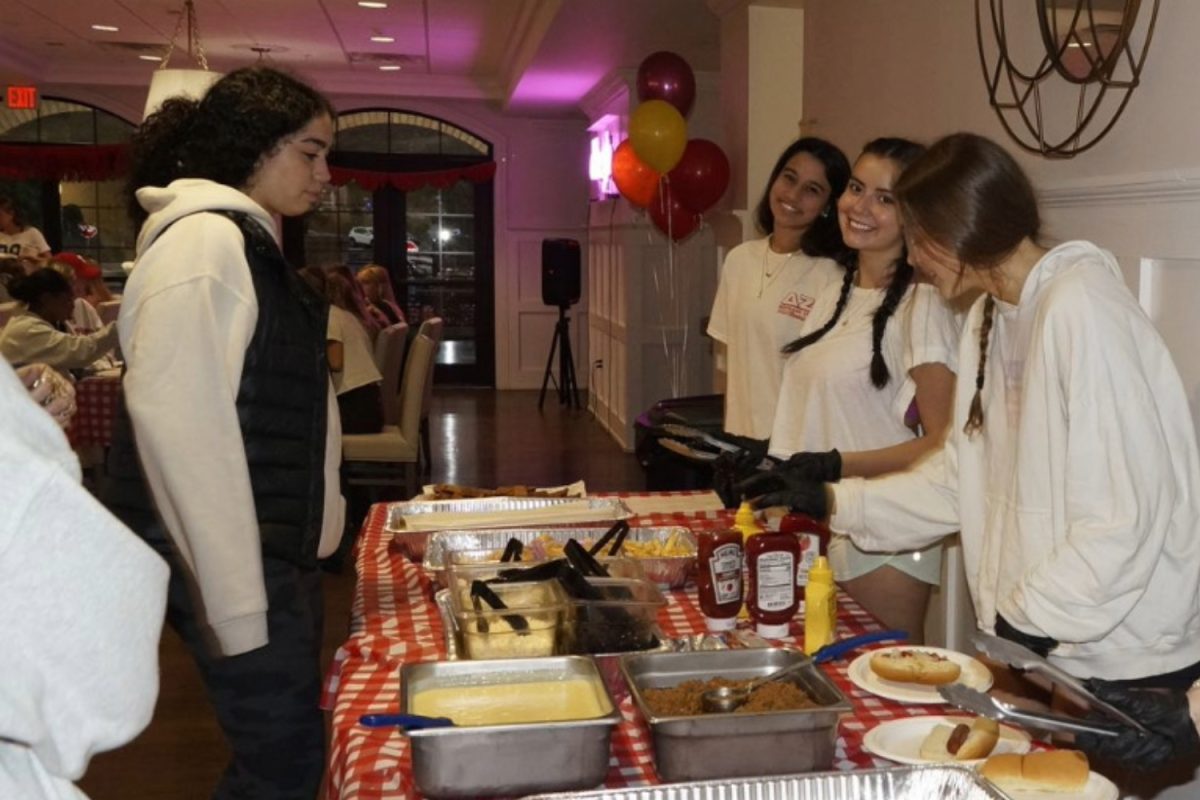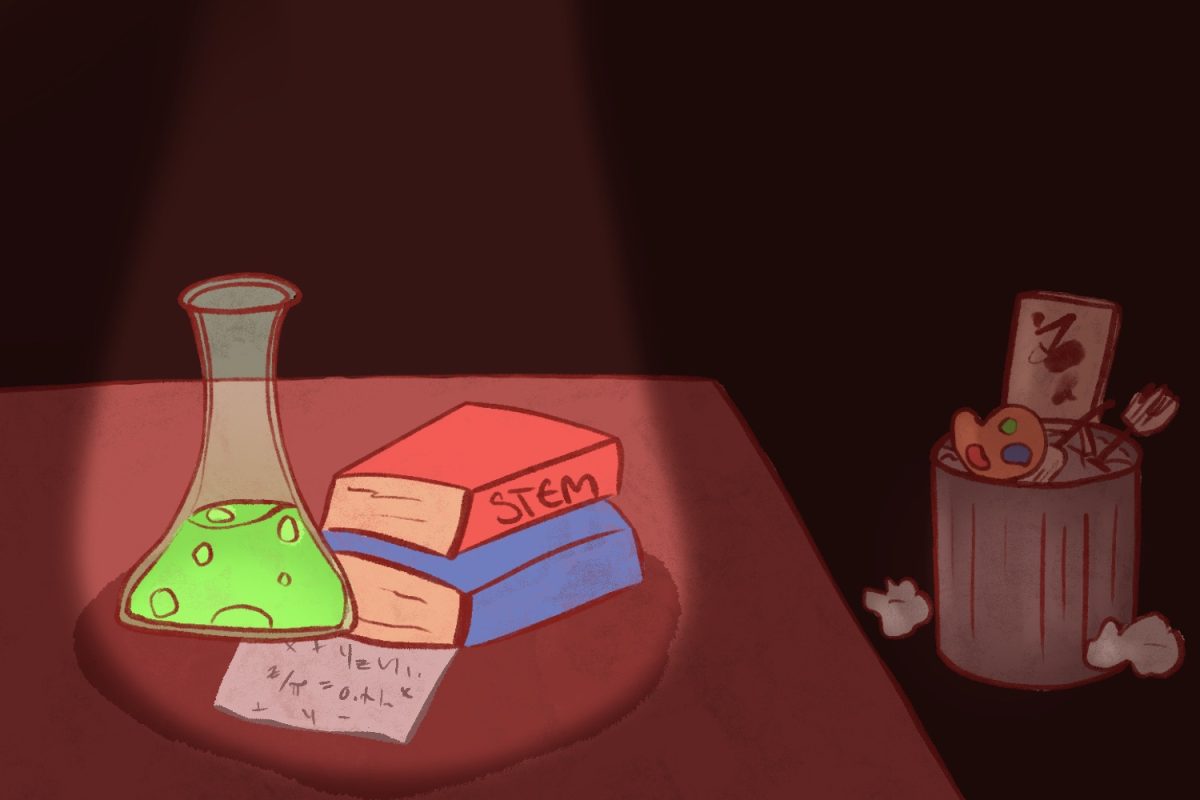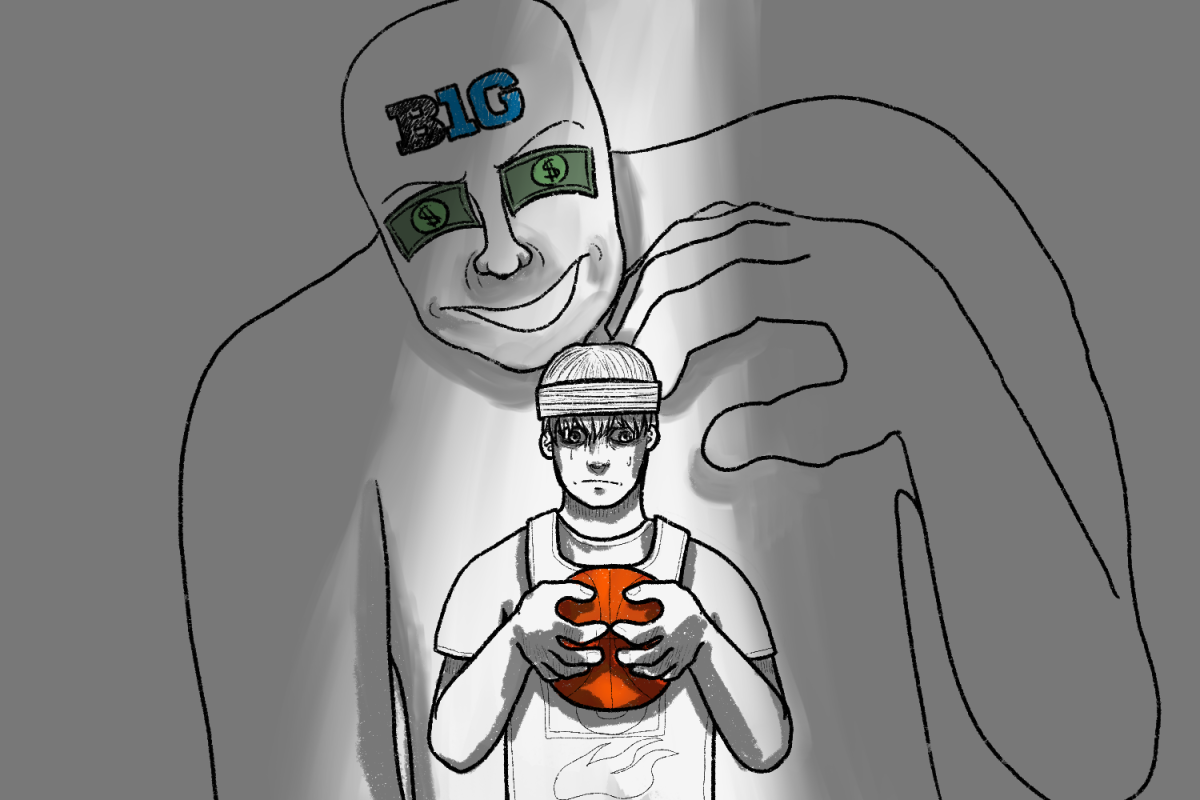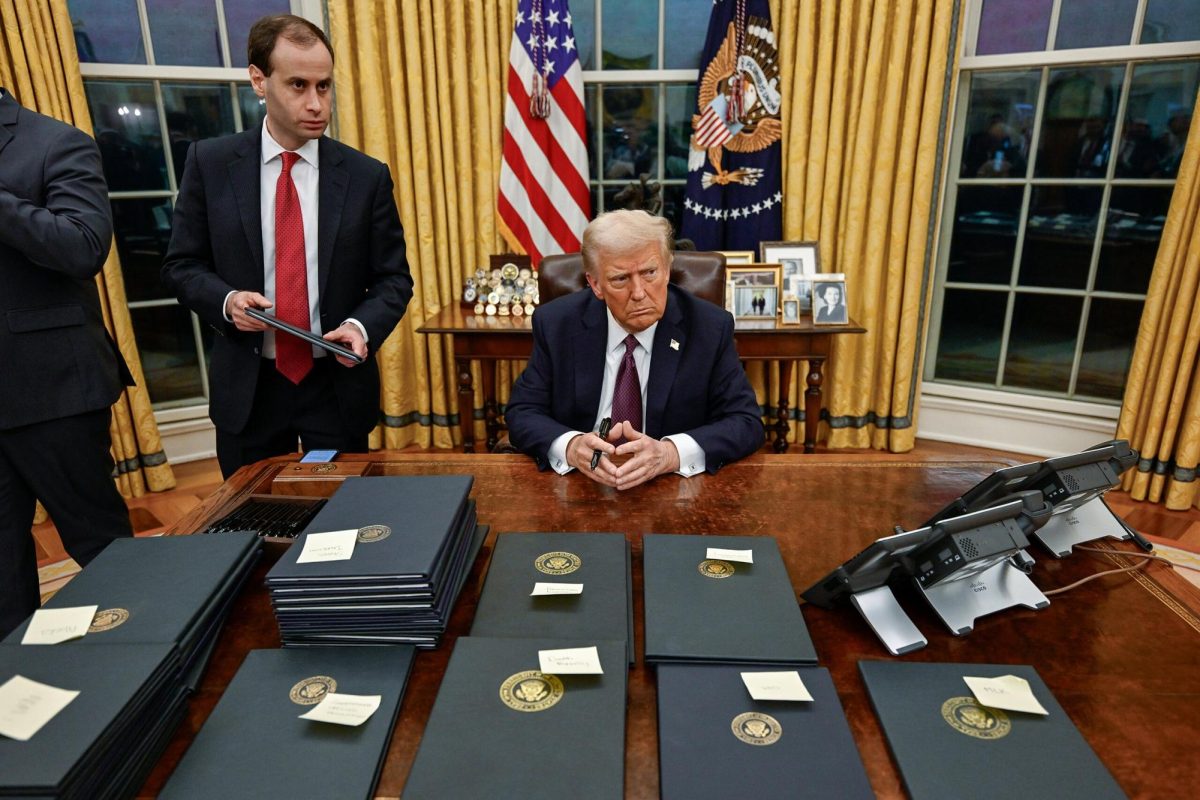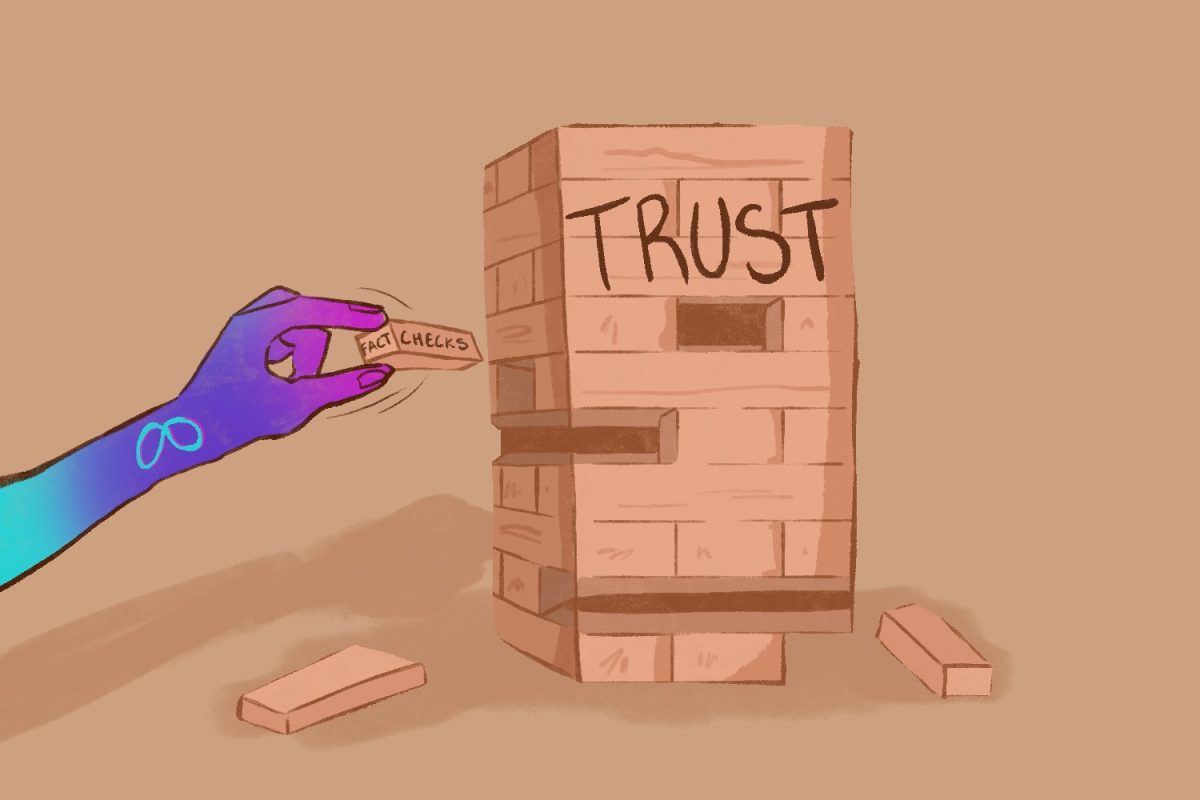Twenty-three years ago, Columbine High School became a global name. Twenty-three years ago, 12 students and one teacher were killed. Twenty-three years ago, school shootings became a national reality.
And since then, what’s changed? Two weeks ago, there was another shooting in Sacramento. Six dead, 12 injured. But it wasn’t the only one. On the very same day, in the span of 24 hours, 95 other shootings occurred. An additional 36 died, and 95 were injured.
The tragedy, while devastating, is nothing new, nothing out of the ordinary.
Since the Columbine shooting, over 292,000 children have experienced gun violence at school. In 2021, there were 693 mass shootings, according to Gun Violence Archive. And so far this year, there have been over 130. That’s enough for one every single day and then some.
At what point does it end, does it give? Legislation needs to be passed if anything will ever change for the better. Victims have been fighting, campaigning, and sacrificing to get the change they deserve. Children are terrified to go to school; communities are being torn apart.
Since 1999, the year of the Columbine shooting, gun measures have been lacking. Not for lack of effort, though.
Columbine came as a shock to the country. Change was painstakingly slow and nonexistent at times. But as these tragedies piled up, so did the push for gun control.
Following the 2018 shooting at Stoneman Douglas High School in Parkland, Fla., survivors came out protesting. In only five weeks, they planned and led March for Our Lives, a national protest for gun control. Students were sick of politicians and officials counteracting shootings with thoughts and prayers rather than the necessary systemic change.
Schools everywhere, including Carlmont, held walkouts, kids in D.C. marched, and these survivors took over the media. It was impossible to ignore, impossible to forget. But, looking back, what effective federal change actually came from it?
The answer is very simple: next to none.
Six days after the shooting, former President Donald Trump directed the Department of Justice to issue regulations to ban bump stocks. Then, two months later, the STOP School Violence Act was signed into law, increasing funding for safety measures like metal detectors, security training, and the like.
This was wholly underwhelming. Students called for actual gun control and argued that these measures did nothing; instead of targeting the real issue — guns — politicians met these tragedies with empty promises and sympathy, useless measures, and meaningless words.
Post-Columbine, there was a similar lack of action. Change came within schools rather than on the federal level. They became better equipped to handle a shooter when it inevitably occurred. Doors were switched to lock from the inside rather than outside, surveillance cameras were installed, and intruder drills were implemented.
Instructions to kids are hammered in from elementary school — run, hide, fight. Ever since fourth grade, I’ve had an escape route planned for every classroom I’ve entered. And I’m not the only one.
Take the recent threats to Carlmont. Just two months ago, on Valentine’s Day, the school received the threat of a shooting. An email warning was sent out from Interim Principal Sean Priest. Unsurprisingly, most students stayed home the next day.
Or even last week, the school entered a secure campus as a response to a shooting on Valerga Dr., just off of the Carlmont campus, where many students walk to school and park their cars. Teachers locked down their classrooms and continued class, leaving students in their desks wondering just what was happening and whether they should start sending their “love you’s” to their family and friends.
Carlmont remained safe on both occasions, but we may not be so lucky in the future. Many other schools weren’t.
The fear, the threat, and the likelihood of a school shooting at Carlmont are real. It’s not some faraway impossibility. It’s something that happens and happens often. Students shouldn’t have to fear for their lives going to school every day. Schools shouldn’t be taking the brunt of the threats of gun violence.
But for this to stop being our reality, we need fundamental change. We need federal laws requiring strict background checks, assault rifle bans, and age limitations. There cannot be workarounds, and gun control cannot be left to the discretion of individual states. This means we need to elect candidates who will actually get the job done.
We also need mental health services available to all students. We need to prioritize students’ well-being over anything and everything else.
And most importantly, we must stop being complacent. Shootings near home cannot be so easily forgotten. We must stand with survivors. We must fight for victims. We must make changes for our future.
Twenty-three years ago, we lost 13 lives — lives that will never be forgotten. Their deaths should not be in vain.
We cannot give up, and we cannot stay silent. Not when our lives are on the line.
*This editorial reflects the views of the Scot Scoop editorial board and was written by Sophie Gurdus.

